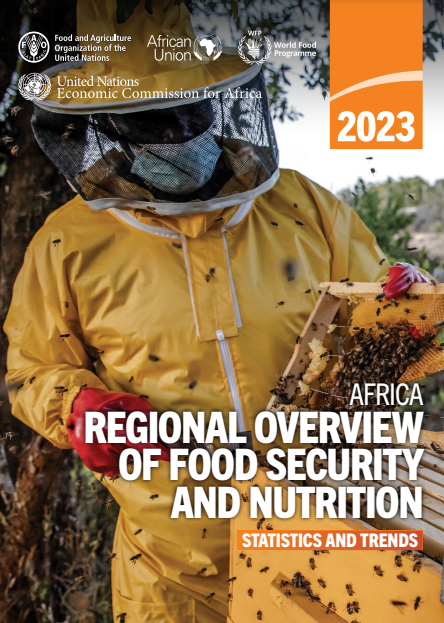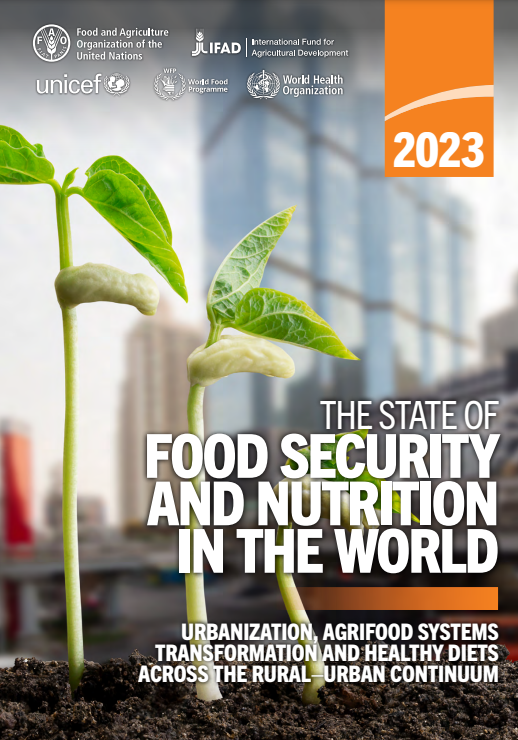Agriculture and Food Security in Liberia
Agriculture plays a crucial role in Liberia's economy, accounting for over 40 percent of total employment in the country as of 2021 (ILO). The country boasts of a rich abundance in natural resources and diverse agro-ecological zones, hosting more than 40 percent of the Upper Guinea forest and 350-km-long coastline facing the Atlantic Ocean. A half of the year-long rainy season enriches the country with ample water resources, providing a great potential for agricultural development and the productive capacities to feed the country’s growing population.
Despite these opportunities, Liberia faces various challenges, including limited and unequal access to social services and infrastructure, post-conflict recovery, and climate change impacts, leaving the country at one of the lowest levels of food security and nutrition status in the world.
Two million people are undernourished as of 2022, and the prevalence of undernourishment in the total population in the country remains as high as 38.4 % (2020-2022), 5% points up from the status in 2004-2006 period and twice as high as the average prevalence in Africa (FAO, 2022). Moreover, more than 81% of the population in Liberia experience moderate or severe food insecurity, and 93% of the population cannot afford a healthy diet.

The Gbegbedu Rural Women Group in Lofa County, initiating fish and vegetable integrated farming. (c) FAO
Africa - Regional Overview of Food Security and Nutrition 2023: Statistics and trends
Digital Report
| Publication
The State of Food Security and Nutrition in the World 2023
Digital Report |
Publication


